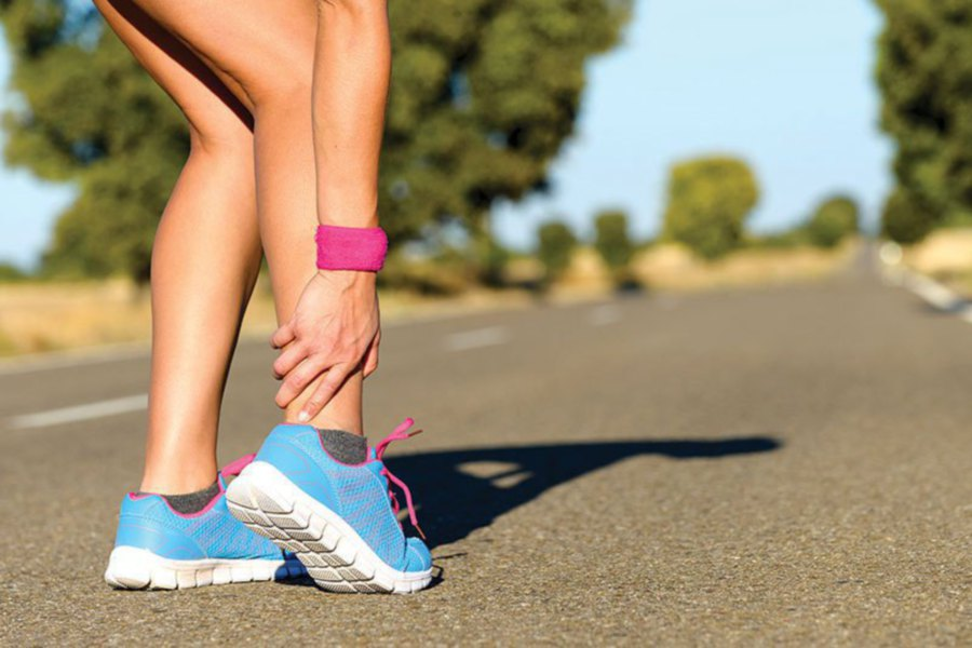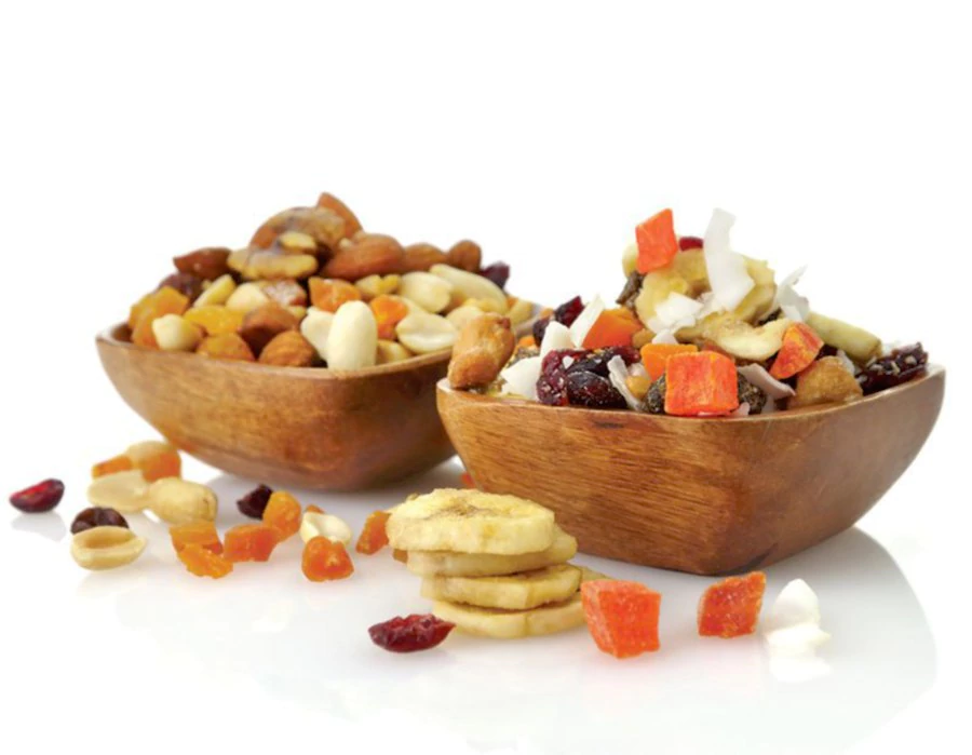
Ways to boost endurance
Three tips to getting the best performance and results on your workout
By Dr. Ahmad Taufik Jamil
HOW DO YOU BUILD ENDURANCE WHILE AVOIDING INJURY?
There are two types of injury that may occur during exercise — acute and overuse injury. Acute injury occurs suddenly, such as a fall, contact, muscle tear and joint sprain.
Overuse injury occurs over a long period which includes tendinosis and stress fracture. Exercise is a form of stress to our body, mainly to the bones, muscles, tendons, ligaments and joints. Each time we exercise there is bound to be some micro injury occurring in the organs. It usually heals by itself during the recovery period.
The recovery time usually depends on the amount of workout. Here are some tips to minimise injuries:
1.No too much, too soon
Increase training gradually. You may apply the old 10 per cent rule. Increase distance (or duration or speed) by 10 per cent per week. Let your body adapt to your new training before increasing the training load.
2. Use suitable shoes and equipment
Choose suitable shoes (or equipment) according to exercise need. Suitable shoes are important to prevent injuries.
3. Find surface — appropriate places to exercise
Running surface may contribute to injury. Hard, uneven or reclining surface may increase injury risk.
4. Muscle strength
Include muscle strength training in your endurance training. Good muscle strength may help prevent muscle injury.
5. Stretching/warm up
Always start a training or workout with 10-15 minutes warm up. This may include joint stretching and slow or low intensity workouts to increase heart rate slowly before the actual workout.
6. Recover and rest
Get enough rest for the body to recover. Good recovery includes enough sleep, hydration and refuelling.
7. Listen to your body
Always use this simple philosophy whenever you are doing a workout.
I HEARD of VO2 MAX BEING USED AS A MEASUREMENT IN FITNESS. IF THAT IS TRUE, HOW DOES A PERSON INCREASE IT?
VO2 max is the maximum volume of oxygen our body is able to use. It is measured in millilitres of oxygen per kilogramme of body weight per minute (ml/kg/min). VO2 Max generally decreases with age and physical inactivity and is usually higher in males.
VO2 Max is usually used to measure fitness level and the number is usually higher in endurance athletes such as cyclists, cross-country skiers and marathon runners. VO2 Max is accurately measured in a laboratory. However, new technology can give near-accurate readings using heart rate variability, which can be measured in the field.
The VO2 Max level is entirely determined by genetics. However, training can improve VO2 max between 2 and 25 per cent, depending on initial fitness level, intensity, duration and frequency of training.
REFUELLING IS IMPORTANT. WHAT ARE THE FOODS BEST TAKEN AFTER LONG EXERCISE, LIKE A LONG RUN, AND WHY?
After a long run, your body goes through these conditions:
1. Reduced glycogen storage in the body (in liver and muscles)
2. Loss of fluids and electrolytes through sweating
3. Micro tears and injuries in muscles and other organs.
4. Reduced body immunity
Nutrition may aid the recovery process from a long workout. Glycogen storage needs to be replenished with carbohydrates and the best time is within 30 minutes after a long workout.
The amount is about 1g/kg body weight and this should be repeated every two hours for 4-6 hours. After that, resume your daily nutritional requirement. You may add protein with a 1:3 ratio.
Protein is needed to repair body tissue and improve immunity. Replacing body fluid and electrolyte loss is important to maintain hydration. Usually, for every kilo of body weight loss, replace it with 1.5 litres of fluid, containing sodium to help address electrolyte imbalance.
You may check urine colour to ascertain the level of hydration. The normal colour should be pale yellow.



